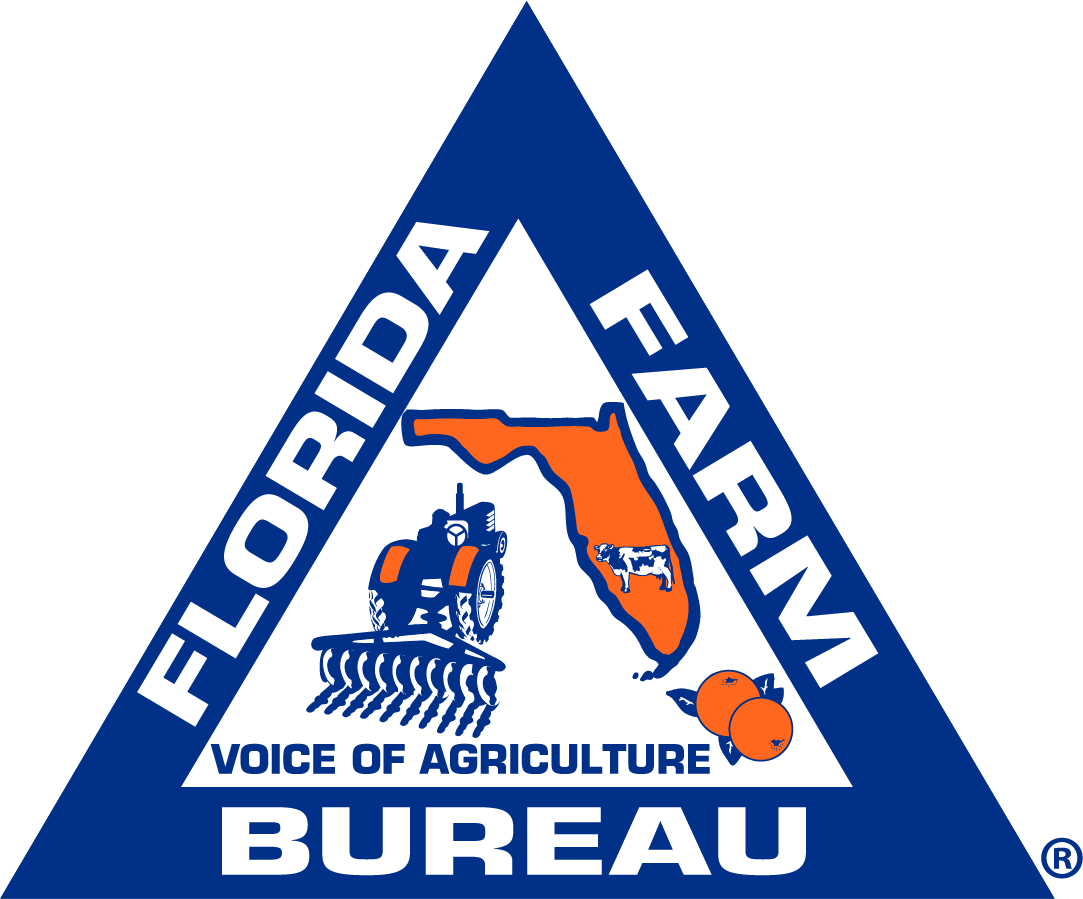August 30, 2019
The U.S. Department of Agriculture’s Food Safety Inspection Service (FSIS) advises anyone living in an area affected by hurricanes and other major storms to follow careful food handling steps.
Recommendations from agency include:
Keep an appliance thermometer in the refrigerator and freezer. An appliance thermometer will indicate the temperature in the refrigerator and freezer in case of a power outage and help determine the safety of the food.
• Make sure the freezer is at 0 °F (Fahrenheit) or below and the refrigerator is at 40 °F or below.
• Freeze containers of water for ice to help keep food cold in the freezer, refrigerator, or coolers after the power is out.
• Freeze refrigerated items such as leftovers, milk and fresh meat and poultry that you may not need immediately – this helps keep them at a safe temperature longer.
• Store food on shelves that will be safely out of the way of contaminated water in case of flooding.
• Have coolers on hand to keep refrigerator food cold if the power will be out for more than four hours. Purchase or make ice cubes and store in the freezer for use in the refrigerator or in a cooler. Freeze gel packs ahead of time for use in coolers.
• Group food together in the freezer – this helps the food stay cold longer.
• Keep the refrigerator and freezer doors closed as much as possible to maintain the cold temperature.
• The refrigerator will keep food safely cold for about 4 hours if it is unopened. A full freezer will hold the temperature for approximately 48 hours (24 hours if it is half-full and the door remains closed).
• Obtain block ice or dry ice to keep your refrigerator and freezer as cold as possible if the power is going to be out for a prolonged period. Fifty pounds of dry ice should hold an 18-cubic-foot full freezer for two days.
For more information, visit http://bit.ly/2zyglUS.


